Gold and silver rise notably as Dollar weakens after poorer than expected ISM manufacturing PMI. The disappointing data prompts some talks that Fed officials could start to turn more cautious about the pace of tightening.
Gold’s break of 1687.82 resistance indicates short term bottoming at 1614.60. Further rise is now in favor as long as 1659.51 minor support holds, to 55 day EMA (now at 1718.30), which is close to medium term falling channel resistance.
For now, it’s still early to call for bullish trend reversal, despite bullish convergence condition in daily MACD. But sustained break of 55 day EMA should at least bring stronger rise towards 38.2% retracement of 2070.06 to 1614.60 at 1788.58.
Silver is making slightly more progress than gold with strong break of 55 day EMA. Further rally is now expected as long as 19.20 minor support holds. Break of 20.86 resistance will target 38.2% retracement of 30.07 to 17.54 at 22.32. Reaction from there will reveal the chance of bullish trend reversal.




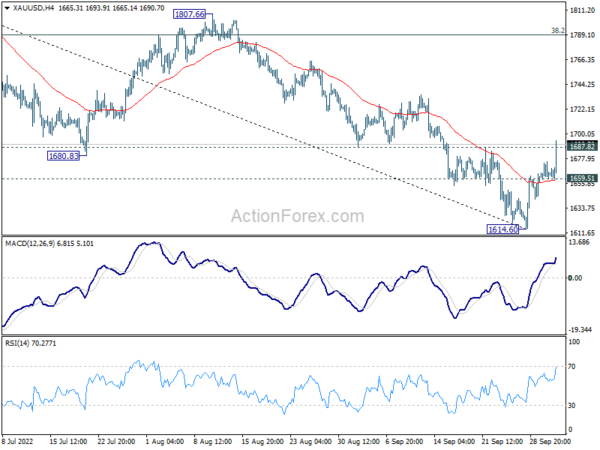
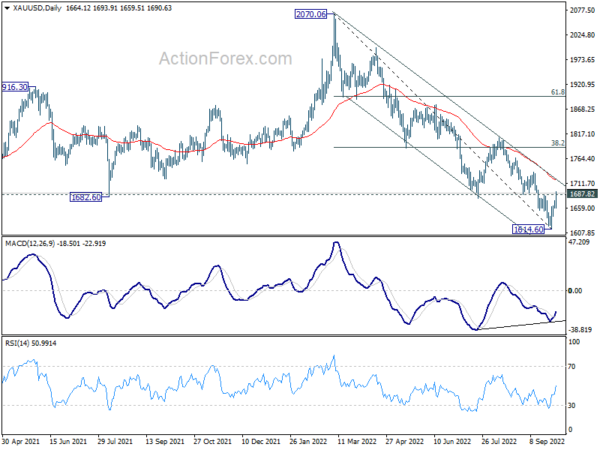
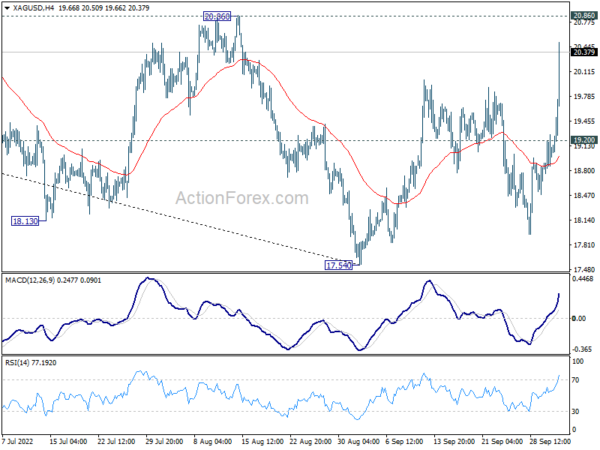
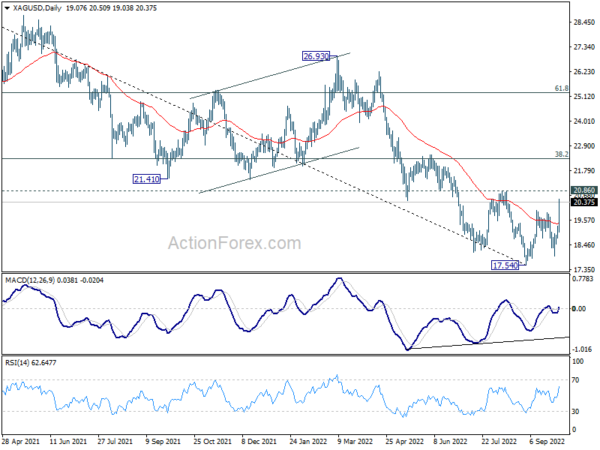
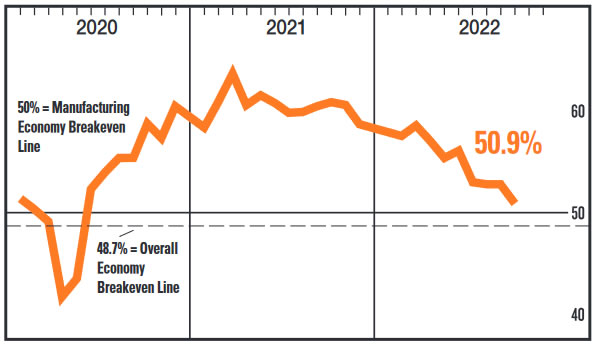
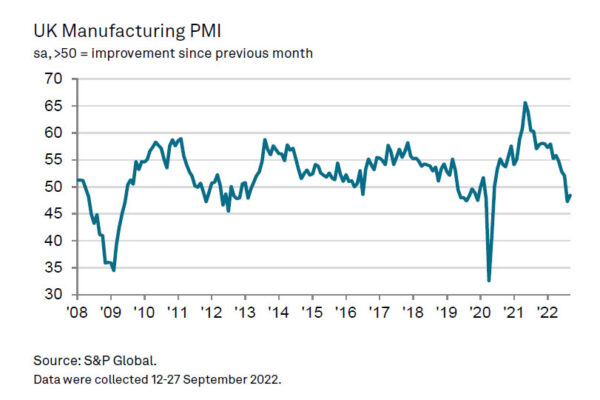
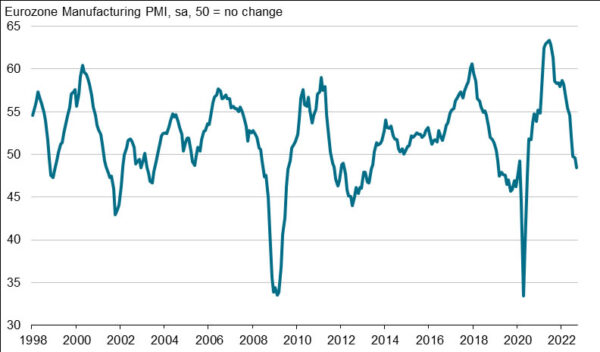
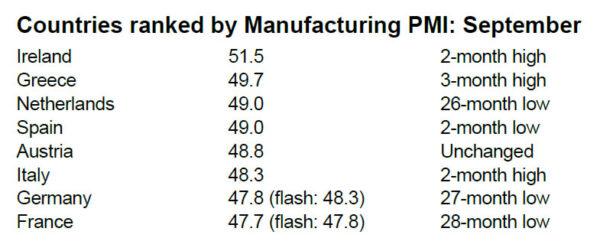
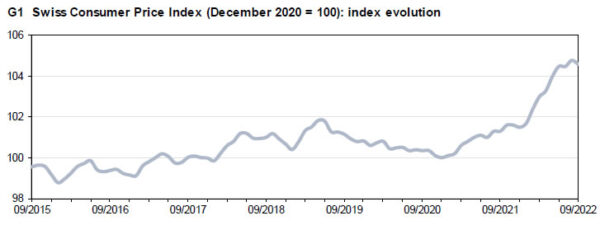
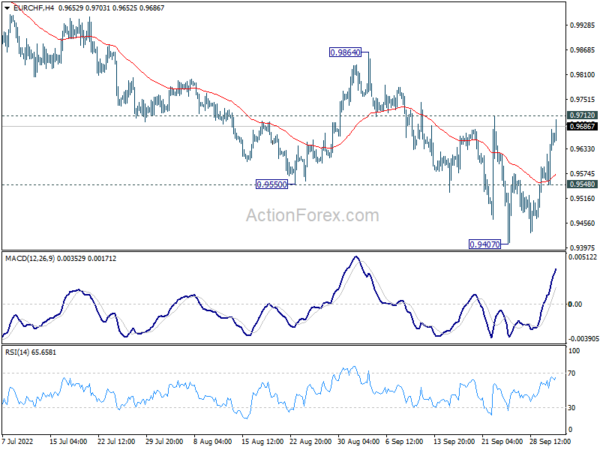
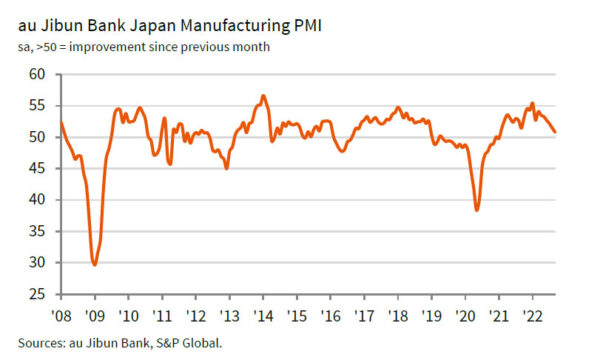
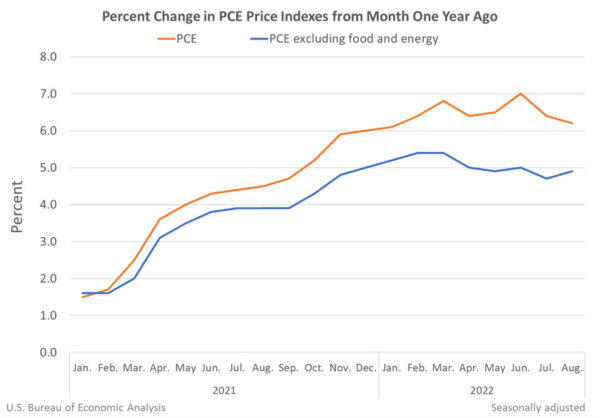
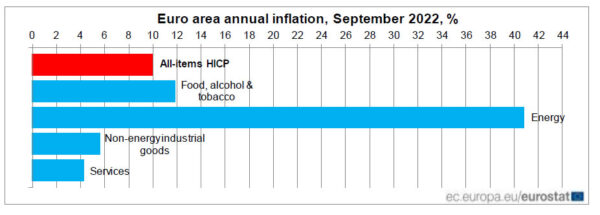
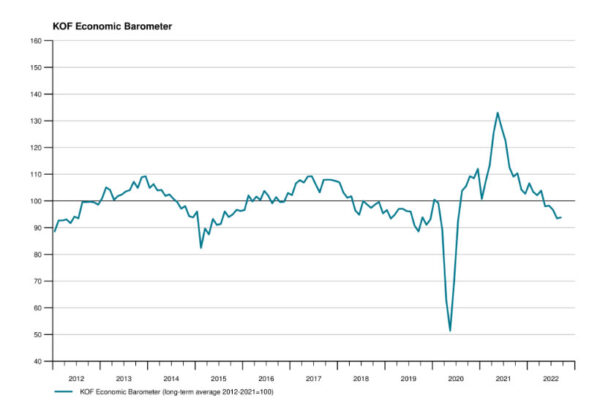
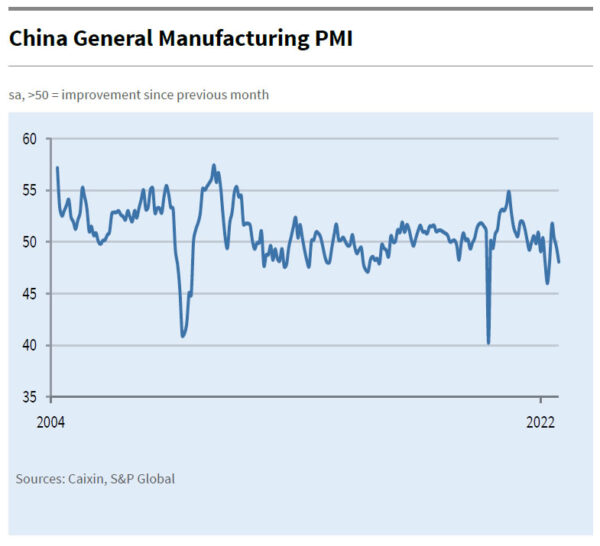
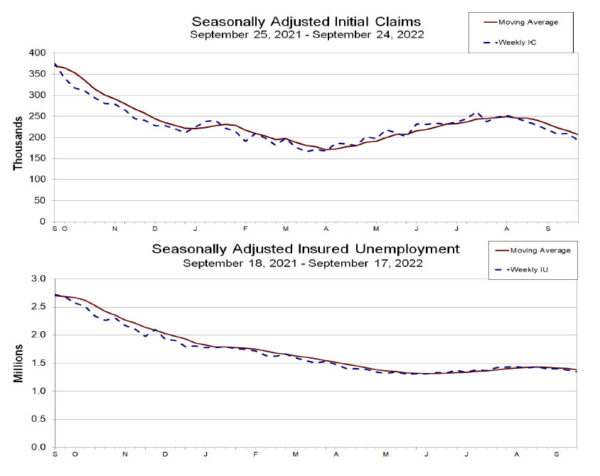
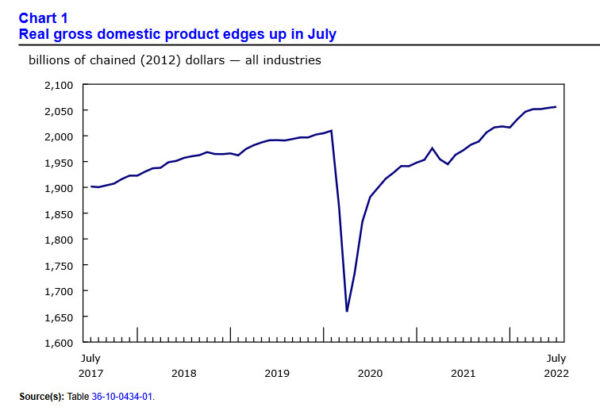

RBA hikes by only 25bps, maintain tightening bias
RBA raises the cash rate target by only 25bps to 2.60%, smaller than expectation of a 50bps hike. Tightening bias is maintained as the board “expects to increase interest rates further over the period ahead”. The size and timing of future hikes will continued to be determined by incoming data and the board’s assessment of inflation and labor market outlook.
In the accompanying statement, RBA said inflation is expected to “further increase” over the coming months. CPI would be around 7.75% over 2022, a little above 4% over 2023, and around 3% over 2024. The economy is “continuing to grow solidly” with national income boosted by a “record level of the terms of trade”. Labor markets is “very tight”. Wages growth is “continuing to pick up” but “remains lower than in other advanced economies” with high inflation.
Full statement here.
AUD/USD dips slightly after the smaller than expected rate hike, but there is no follow through selling. Consolidation pattern from 0.6362 is still in progress with bearish bias for downside breakout at a later stage.